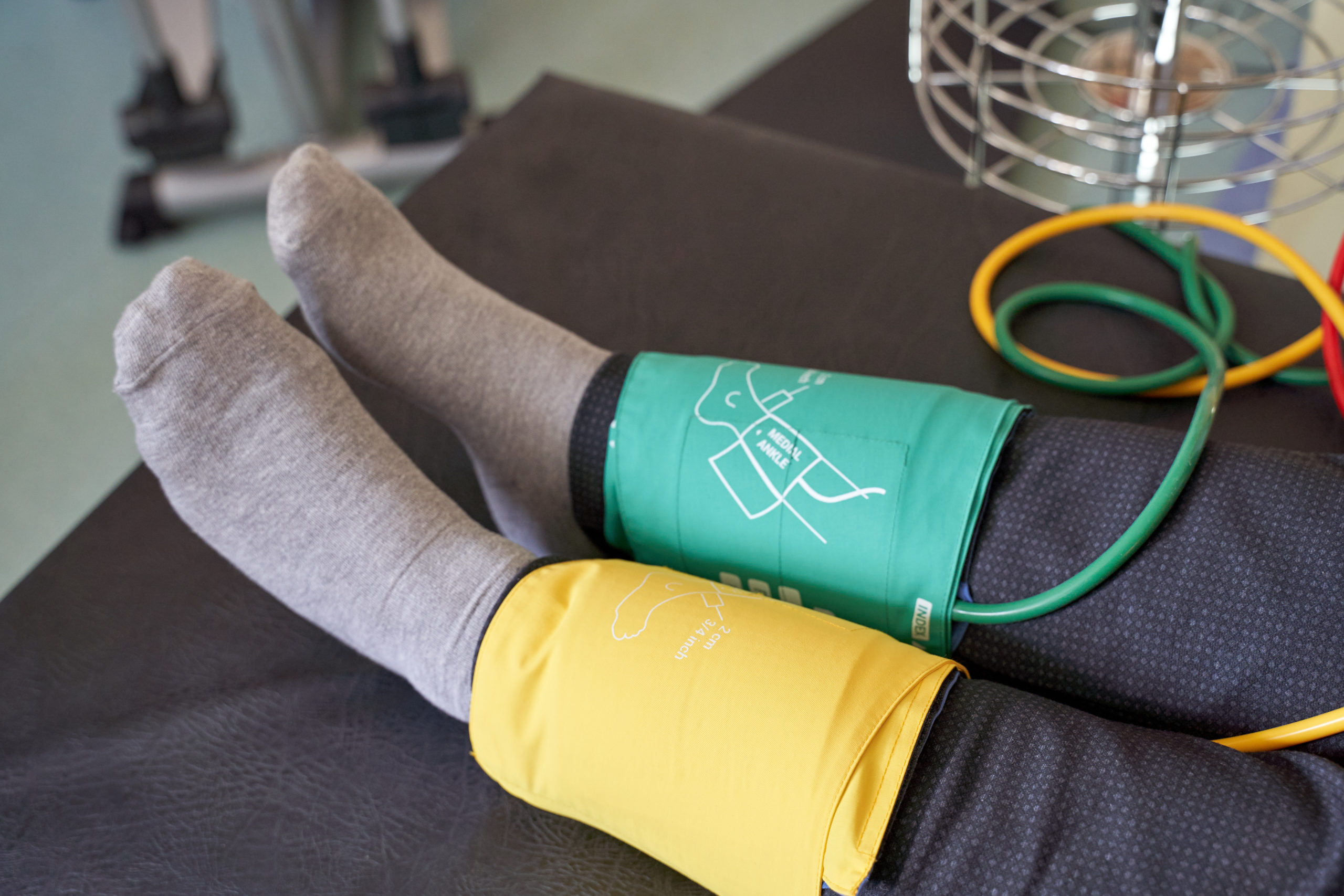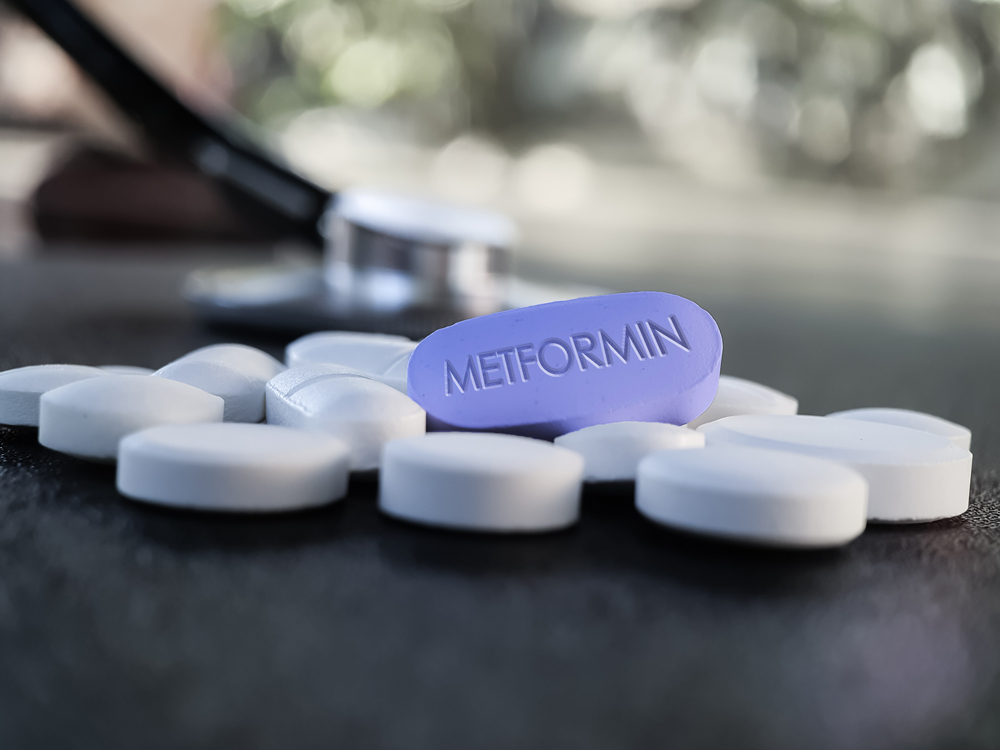
The prevalence of chronic kidney disease (CKD) is approximately one in eight individuals; CKD is disproportionately more common in older adults. Those with CKD tend to be more sedentary and have lower levels of physical activity compared with the general population. There are multifactorial explanations for this, most likely related to a combination of malnutrition, sarcopenia, anemia, vascular dysfunction, and neuropathy.
Low levels of physical activity are associated with poor health outcomes such as reduced quality of life and increased cardiovascular disease, hospitalizations, and all-cause mortality. There is also an association between poor physical activity level and worsening of CKD; an increase in physical activity level has been shown to result in modest increases in estimated glomerular filtration rate (eGFR). Level of physical activity is also a modifiable risk factor for adverse outcomes in individuals on hemodialysis and those with mild-to-moderate CKD.
According to Christie Rampersad, MD, and colleagues, there are few data available on the association of physical activity level with adverse outcomes in populations with advanced CKD who are not receiving kidney replacement therapy (KRT). As part of the Canadian Frailty Observation and Interventions Trial (CanFIT), patients in that population self-reported physical activity using the Physical Activity Scale for the Elderly (PASE), a questionnaire that includes activities commonly performed by older adults.
Dr. Rampersad et. al. reported results of the multicenter prospective cohort study in the American Journal of Kidney Diseases (2021;78(3):391-398). The primary objective of the study was to determine whether lower physical activity levels were associated with adverse health outcomes. The outcomes of interest were all-cause mortality, time to kidney failure, and falls. The patient population included patients with CKD glomerular rate categories 4 and 5 (G4-G5) not receiving KRT. Outcomes were analyzed using time-dependent proportional hazards models and logistic regression models.
Patients were recruited for CanFIT from four Canadian multidisciplinary renal health clinics from September 1, 2012, to July 1, 2018. The study population included 600 adult patients with CKD glomerular filtration rate categories 4 and 5. A total of 579 patients completed PASE assessments at baseline and then annually. Mean age was 72 years and 59% were male. Six patients received a kidney transplant. Mean follow-up time was 1194 days for the primary outcome of mortality and 903 days for the secondary outcome of progression to kidney failure.
The patients were stratified according to PASE score: 24.5% (n=142) had a PASE score of 0-40 (low physical activity); 34.2% (n=198) had a PASE score of 41-90 (light physical activity); and 41.3% (n=239) had a PASE score of >90 (moderate-to-high physical activity). Patients in the moderate-to-high physical activity tertile had a lower prevalence of nearly all comorbidities compared with the tertiles with low and light physical activity, with the exception of the patients with diabetes and neurological disease.
In assessments of the association of physical activity level with mortality, there were 118 deaths during the study period. There was an association of light physical activity and lower mortality risk in the unadjusted-time dependent Cox model only (hazard ratio [HR], 0.62; 95% confidence interval [CI], 0.41-0.92). There was an association between moderate to high physical activity level in both the unadjusted model (HR, 0.23; 95% CI, 0.14-0.39) and following adjustment for age and sex (aHR, 0.35; 95% CI, 0.21-0.60) or adjusted for age, sex, and comorbidities (aHR, 0.48; 95% CI, 0.27-0.85).
During the study period, 204 individuals progressed to kidney failure. There were no significant associations between low or moderate to high physical activity and progression to kidney failure in patients with advanced CKD in either unadjusted or adjusted time-dependent cause-specific hazards models. There were no associations between physical activity levels and progression to kidney failure when the Fine-Gray model was used. The Fine-Gray model did not violate the Cox proportional hazards assumption.
In analysis of all-cause mortality, baseline light physical activity and moderate physical activity were associated with a lower risk of mortality in unadjusted models (HR, 0.58; 95% CI, 0.39-0.88 and HR, 0.30; 95% CI, 0.19-0.48, respectively). Following adjustment for age, sex, and comorbid conditions, there was an association between moderate-to-high physical activity and a 41% reduction in the risk of all-cause mortality (aHR, 0.59; 95% CI, 0.36-0.98).
In the age- and sex-adjusted models, there was an association between moderate-to-high level of physical activity at baseline and a lower risk of progression to kidney failure (aHR, 0.61; 95% CI, 0.42-0.90). There was no association in the unadjusted model (HR, 0.94; 95% CI, 0.67-1.39) or following adjustment for laboratory variables and comorbid conditions (HR, 1.11; 95% CI, 0.74-1.68).
A total of 400 individuals had follow-up assessments. Of those, 129 had a future fall event. In unadjusted and adjusted models, there was no association between moderate to high physical activity level and future falls. Only a history of falls was associated with future falls.
Limitations to the study findings cited by the authors included inherent errors in using a tool that measures physical activity based on self-reporting, the makeup of the study population that was largely of European ancestry with some individuals of Asian ancestry, the inability to adjust for smoking, body mass index, and proteinuria, and the observational study design.
“In conclusion,” the researchers said, “our study found that higher levels of physical activity are associated with reduced all-cause mortality in patients with advanced CKD. Interventional studies are now needed to investigate the effect of maintaining or increasing physical activity in the CKD population.”
Takeaway Points
- Researchers conducted a multicenter prospective cohort study to assess whether lower physical activity levels are associated with adverse health outcomes in patients with advanced chronic kidney disease (CKD).
- The outcomes of interest were all-cause mortality, progression to kidney failure, and future falls.
- There was an association between moderate-to-high physical activity and a 41% reduction in the risk of all-cause mortality and a lower risk of progression to kidney failure.







 © 2025 Mashup Media, LLC, a Formedics Property. All Rights Reserved.
© 2025 Mashup Media, LLC, a Formedics Property. All Rights Reserved.